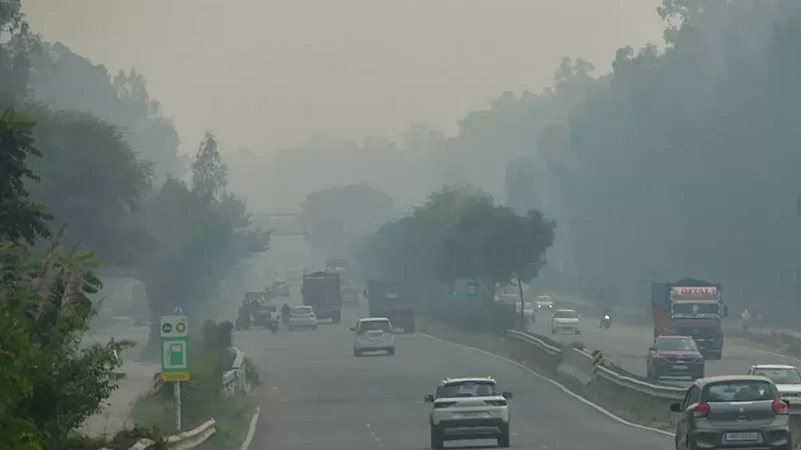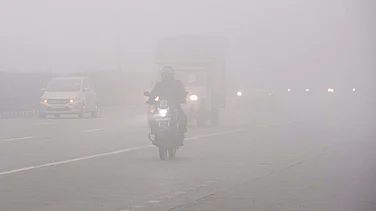Like every year, all the tall talk has come to nothing as far as winter pollution in Delhi is concerned. The air quality index, or AQI as it is better known, has risen above 300 to enter the 'very poor' category. And this has happened a good three weeks before the festival of Diwali, when bursting of firecrackers on a massive scale is seen as one of the biggest contributors to toxic air around this time of the year in the national capital.
In view of the surging air pollution levels, the government has decided to implement Stage II of the Graded Response Action Plan (GRAP) across Delhi-NCR with an immediate effect. The plan puts in place many stricter curbs on construction activity, vehicular movement, parking fee etc among other measures. The aim is to tackle pollution being generated in the city and surrounding areas.
However, this is unlikely to yield desired results until the issue of farm fires in neighbouring states is tackled in a desired manner. Both the governments of Haryana and Punjab had prepared elaborate plans to reduce cases of stubble burning in their respective states, but the measures certainly don't seem to have worked, so far at least.
As per a report in The Indian Express, farm fires post paddy harvesting have gone up by almost 400 per cent in Haryana between September 15 and October 12 compared to the same period last year. In 2022, 87 stubble burning cases were recorded by Haryana during this period. Such cases of fires have jumped to 345 this year.
In the neighbouring state of Punjab too, where rice is grown on more than double the land in Haryana, the farm fire cases have started to witness an uptick. In the period mentioned above, Punjab had recorded 867 stubble burning cases in 2022. That number has gone up to 1,076, as per the report.
The National Green Tribunal has already issued a notice to the Government of Punjab to raise the issue of farm fires in the state in context of high air pollution levels in the national capital.
The notice has come at a time when the air quality levels remain under 'satisfactory' to 'moderate' levels in most cities of Punjab, whereas the level has deteriorated and entered 'very poor' category in Delhi. Punjab has contested the notice and said while initially, during paddy harvesting, the cases of stubble burning had increased, such incidents have been brought under control now.
However, a Times of India report has highlighted that a true picture of farm fires in Punjab is not available as the Punjab Remote Sensing Centre's crop residue burning dashboard has not been functioning for the last few days. This is hampering the work of agencies and officials involved in checking cases of stubble burning in the state, as per activists.
Meanwhile, pollution levels in the days ahead in Delhi are unlikely to witness a drop. The Union government's Decision Support System for Air Quality Management has forecast a jump in farm fires in the next few days as paddy harvesting continues. As per the system, paddy straw-related smoke contributed 16 per cent to Delhi’s PM2.5 pollution on Sunday, as per a Tribune report. This percentage is likely to cross 30 over the next few days.


























